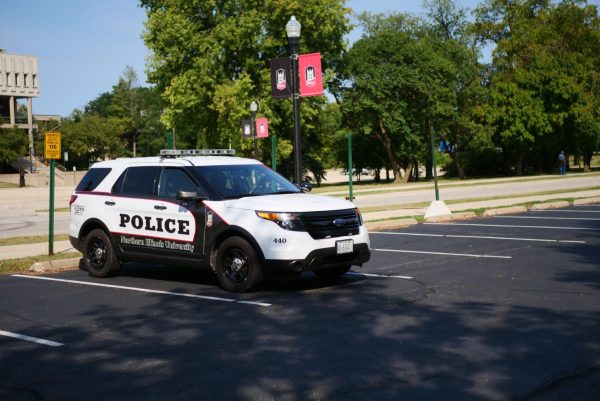Female engineers rarely seen
November 18, 2002
There are no signs that say “males only” on the doors of the Engineering Building, but that’s what one may think walking into some of its classrooms.
Women constitute about 11 percent of undergraduate students in the College of Engineering and Engineering Technology, this is lower than the national average of 18 percent.
Bryan Turcich, a junior electrical engineering major, said women are a rarity in his engineering classes. There usually are only one or two in each class, but he has enrolled in courses with none.
“Girls probably think engineering is a guy’s major,” he said. “But they’re just as smart as guys.”
Professors show no favoritism to either gender, he said.
Kathleen Broughton, a senior industrial engineering major, agreed. She said she actually felt more static for being female in the College of Business, where she was formerly enrolled, than in the College of Engineering and Engineering Technology.
“Because of the heavy course load engineering students have to carry, the college has a friendly, family atmosphere,” she said. “They support us.”
This year, Broughton is one of only two females in an upper-level manufacturing class and a differential equations class.
“I don’t mind competing with men,” she said. “Gender doesn’t play a role with me. It’s a shame it’s given such weight in society.”
But why is there such a discrepancy among the number of male and female students in engineering?
Broughton said women may have several reasons for deciding not to enter the field. She said they may just not be interested, may not want to deal with all the math courses or they may not be confident in their abilities.
Females aren’t encouraged to be engineering or math majors in high school, said Promod Vohra, associate dean of the College of Engineering and Engineering Technology.
The college is starting an awareness program to increase female enrollment.
“Women can attain a high level of success as engineers,” he said. “We see females with a high GPA and competitive job offers.”
Some companies have quotas of female engineering jobs to fill, so women sometimes get a slightly better edge in the job market, Broughton said.
Vohra hopes to one day have equal percentages of males and females enrolled in the college.
In 1954, only 0.3 percent of engineering graduates in the U.S. were female, according to the Engineering Workforce Commission. The percentage of women with an engineering degree has greatly increased over the years.












